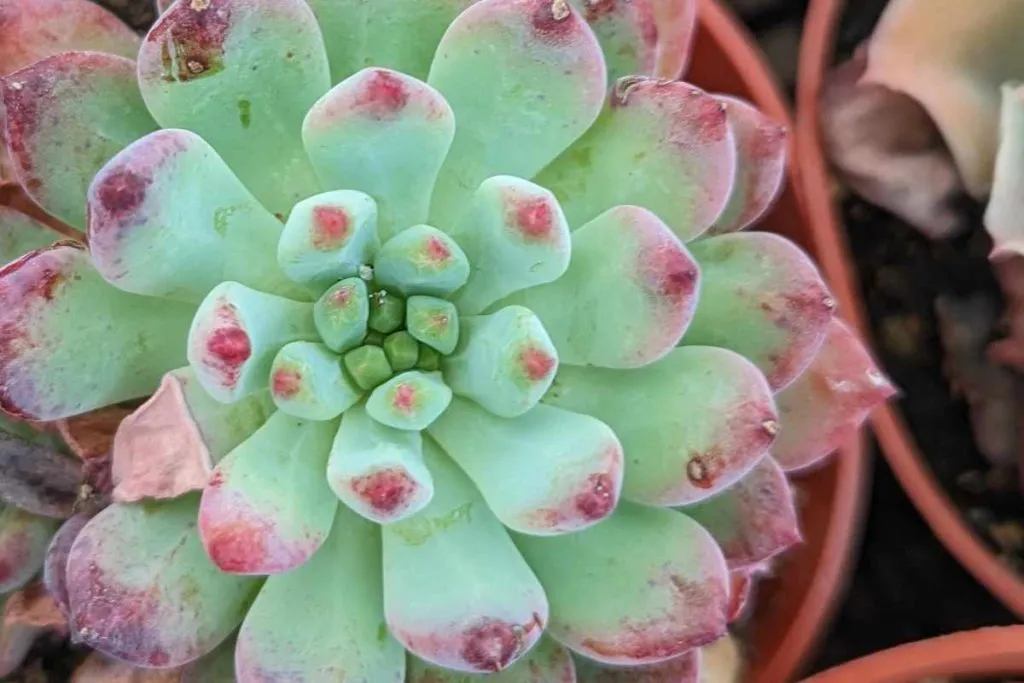What Plants Don't Like Epsom Salt as well as Their Alternatives
What Plants Don't Like Epsom Salt as well as Their Alternatives
Blog Article
Learn Regarding the Specific Plants That Are Negatively Influenced by Epsom Salt Application
Epsom salt, a preferred household treatment for various gardening problems, is usually commended for its helpful impacts on plant development. Not all plants respond positively to its application. Understanding the certain plants that can be detrimentally affected by Epsom salt is crucial for any garden enthusiast wanting to maximize their plant care regimen. Roses, tomatoes, azaleas, rhododendrons, and peppers are simply a few instances of plants that may not react well to Epsom salt. The reasons behind these negative effects and exactly how to mitigate them are vital understanding for preserving a flourishing garden.
Roses

Roses, particularly sensitive to changes in their setting, can be adversely impacted by the application of Epsom salt. While Epsom salt is frequently utilized as a plant food to advertise plant development and improve flowering, roses are among the plants that do not respond well to its application. The high magnesium material in Epsom salt can hinder the uptake of various other vital nutrients by the rose plants, leading to deficiencies that materialize as yellowing fallen leaves or stunted growth.

Tomatoes
Tomatoes, understood for their versatility in cooking applications, can exhibit negative effects when revealed to Epsom salt as a result of their specific nutrient needs. While Epsom salt is often promoted as a remedy for various plant concerns, including bloom end rot in tomatoes, its application can lead to harmful end results otherwise made use of deliberately. Tomatoes are heavy feeders that require a balanced intake of nutrients, especially calcium, to thrive. Too much Epsom salt, which is magnesium sulfate, can disrupt the fragile nutrient balance needed by tomatoes, potentially bring about shortages in various other necessary nutrients like calcium. This inequality might materialize in signs and symptoms such as stunted growth, yellowing leaves, or even decreased fruit manufacturing in tomatoes. When thinking about the use of Epsom salt on tomatoes, it is critical to adhere to advised application rates and dirt testing to protect against unexpected effects on the total health and wellness and productivity of these cherished garden plants.
Peppers
Peppers, prized for their different shades and degrees of spiciness, can demonstrate vulnerability to adverse effects from Epsom salt when not applied with care and factor to consider for their particular nutritional demands. what plants don't like epsom salt. Peppers, coming from the Solanaceae household, need a fragile equilibrium of nutrients to prosper. While Epsom salt is known to increase magnesium degrees in plants, excessive application can disrupt this stability, bring about damaging impacts on pepper plants
When peppers are exposed to high degrees of magnesium from Epsom salt, it can interfere with the plant's capacity to soak up other necessary nutrients like calcium and potassium. This inequality may show up in signs and symptoms such as leaf discoloration, stunted development, and decreased fruit manufacturing. Furthermore, the extreme magnesium can modify the dirt pH, further aggravating nutrient uptake issues for peppers.

Rhododendrons
Provided the sensitivity of particular plant types to inequalities triggered by Epsom salt, it is necessary to take into consideration the influence on Rhododendrons, which also require certain nutrient levels to prosper. Rhododendrons are acid-loving plants that prefer acidic dirt problems with a pH range in between 4.5 and 6.0. Epsom salt, chemically called magnesium sulfate, can modify the dirt pH and interfere with the fragile equilibrium of nutrients vital for Rhododendron wellness.

To preserve the ideal growth and health of Rhododendrons, it is crucial to prevent the unplanned use Epsom salt and rather concentrate on supplying the certain acidic soil conditions and nutrients that these plants require for flourishing.
Azaleas
These preferred flowering plants are often located in gardens, landscapes, and parks due to their appeal and flexibility. While Epsom salt is commonly weblink made use of as a treatment for magnesium shortage in plants, its application to azaleas can have damaging effects.
Azaleas prefer a little acidic dirt problems, and an unwanted of magnesium from Epsom salt can disrupt this equilibrium, leading to nutrient imbalances and potential poisoning concerns. The incorrect application of Epsom salt can result in stunted development, yellowing of leaves, and overall decline in the wellness of azaleas.
Verdict
To conclude, it is essential to be aware of the details plants that can be detrimentally affected by the application of Epsom salt. Roses, tomatoes, rhododendrons, azaleas, and peppers are some examples of plants that might not take advantage of Epsom salt and could even endure damage. It is vital to research and understand the requirements of each plant varieties prior to making use of Epsom salt as a plant food to guarantee their health and well-being.
Understanding the certain plants that can be adversely affected by Epsom salt is vital for any gardener looking to maximize their plant treatment routine. While Epsom salt is frequently used as a fertilizer to promote plant growth and enhance flowering, roses are one of the plants that do not react well to its application.Extreme use of Epsom salt can additionally result in a build-up of salts in the dirt, leading to root damages and dehydration of the rose plants. While Epsom salt is recognized to enhance magnesium degrees in plants, excessive application can interrupt this balance, leading to damaging results on pepper plants.
The high salt web content in Epsom salt can likewise dehydrate Rhododendron roots, causing additional stress and this article damages to the plant. (what plants don't like epsom salt)
Report this page